DIGITAL
COMMUNICATION
Third Edition
�
DIGITAL
COMMUNICATION
Third Edition
John R. Barry
Georgia Institute of Technology
Edward A. Lee
University of California at Berkeley
David G. Messerschmitt
University of California at Berkeley
Volume I
SPRINGER SCIENCE+BUSINESS MEDIA, LLC
�
Library of Congress Cataloging-in-Publication Data
Barry, John R., 1963-
Digital Communication/ John R. Barry, Edward A. Lee, and David G. Messerschmitt. -3rd ed.
p.cm.
Rev. ed. of: Digital Communication / Edward A. Lee, David G. Messerschmitt. 2nd ed. c 1994.
Includes bibliographical references and index.
I S BN 978-1-4613-4975- 4
DOI 10.1007/978-1-4615-0227-2
1. Digital Communications. I. Lee, Edward A., 1957- II. Messerschmitt, David G. III.
I S BN 978-1-4615-0227-2 (eBook)
Lee, Edward A., 1957- Digital Communication. IV. Title.
TK5103.7.L44 2003
621.382—dc22
2003054667
Copyright © 2004 by Springer Science+Business Media New York
Originally published by Kluwer Academic Publishers in 2004
Softcover reprint of the hardcover 3rd edition 2004
All rights reserved. No part of thi s work may be reproduced, stored in a
retrieval system, or transmitted in any form or by any means, electronic,
mechanical, photocopying, microfilming, recording, or otherwise, without the
written permission from the Publisher, with the exception of any material
supplied specifically for the purpose of being entered and executed on a
computer system, for exclusive use by the purchaser of the work.
Permission for books published in Europe: perniissions@wkap.nl
Permissions
permissions@wkap.com
for books published
the United
in
States
of America:
Printed on acid-free paper.
�
To Annis, Reid, and Neil
Rhonda, Helen, and Katalina
Dody and Laura
�
CONTENTS
Preface
Changes from the Second Edition
Notes to an Instructor
1.
Introduction
1.1. Applications of Digital Communication
1.2. Digital Networks
1.3. Digital vs. Analog Communications
1.4. Plan of the Book
1.5. Further Reading
2. Deterministic Signal Processing
2.1. Signals
2.2. LTI Systems and Fourier Transforms
2.3. The Nyquist Sampling Theorem
2.4. Downconversion and Complex Envelopes
2.5. Z Transforms and Rational Transfer Functions
2.6. Signals as Vectors
2-A Properties of the Fourier Transform
2-B Spectral Factorization
xiii
xv
xvii
1
2
3
4
6
7
11
11
13
15
17
21
33
44
47
�
viii
3. Stochastic Signal Processing
3.1. Random Variables
3.2. Random Processes
3.3. Markov Chains
3.4. The Poisson Process and Queueing
3.5. Further Reading
3-A Power Spectrum of A Cyclostationary Process
3-B Power Spectrum of A Markov Chain
3-C Derivation of a Poisson Process
3-D Moment Generating Function of Shot Noise
4. Limits of Communication
4.1. Just Enough Information About Entropy
4.2. Capacity of Discrete-Time Channels
4.3. Further Reading
4-A Asymptotic Equipartition Theorem
5. Pulse-Amplitude Modulation
5.1. Baseband PAM
5.2. Passband PAM
5.3. The One-Shot Minimum-Distance Receiver
5.4. Minimum-Distance Sequence Detection
5.5. Performance Analysis in AWGN
5.6. Further Reading
6. Advanced Modulation
6.1. M-ary Modulation
6.2. Probability of Error
6.3. Orthogonal Modulation
6.4. Orthogonal Pulse-Amplitude Modulation (OPAM)
6.5. Modulation with Memory
6.6. Bandwidth and Signal Dimensionality
6.7. Capacity and Modulation
6.8. Further Reading
6-A The Generalized Nyquist Criterion
57
58
67
82
89
99
100
101
104
105
113
115
118
125
126
131
132
143
153
164
184
194
203
204
209
215
230
248
256
260
274
274
�
7. Probabilistic Detection
7.1. Detection of a Single Real-Valued Symbol
7.2. Detection of a Signal Vector
7.3. Known Signals in Gaussian Noise
7.4. ML Sequence Detection with the Viterbi Algorithm
7.5. A Posteriori Probability Detection with BCJR
7.6. Symbol-Error Probability for MLSD
7.7.
7.8. Shot Noise Signal with Known Intensity
7.9. Further Reading
7-A Karhunen-Loeve Expansion
7-B Bit-Error Probability for Sequence Detectors
7-C BCJR Forward/Backward Recursions
Incoherent Detection
8. Equalization
8.1. Optimal Zero-Forcing Equalization
8.2. Generalized Equalization Methods
8.3. Fractionally Spaced Equalizer
8.4. Transversal Filter Equalizers
8.5.
8.6. Further Reading
8-A DFE Error Propagation
lSI and Channel Capacity
9. Adaptive Equalization
9.1. Constrained-Complexity Equalizers
9.2. Adaptive Linear Equalizer
9.3. Adaptive DFE
9.4. Fractionally Spaced Equalizer
9.5. Passband Equalization
9.6. Further Reading
9-A SG Algorithm Error Vector Norm
10. MIMO Communications
10.1. Basics of MIMO Systems
10.2. The Gaussian MIMO Channel
10.3. Memoryless MIMO Channels
10.4. MIMO Detection with Channel Memory
10.5. Further Reading
10-A Proof of Separability Result (10.45)
IX
285
287
291
296
309
312
318
324
328
331
331
334
339
345
348
369
386
390
391
414
415
423
425
437
446
448
450
453
454
461
464
475
485
524
530
530
�
x
11. Fading and Diversity
11.1. Types of Diversity
11.2. Receiver Diversity
11.3. Performance Analysis for Rayleigh Fading
11.4. The Diversity-Interference Trade-Off
11.5. Transmit Diversity
11.6. Layered Space-Time Modems
11-A Proof of Conservation Theorem
11-B Bound on Pairwise Error Probability
12. Error Control
12.1. The Capacity Penalty of Binary Coding
12.2. Binary Linear Block Codes
12.3. Convolutional Codes
12.4. Low-Density Parity-Check Codes
12.5. Turbo Codes
12.6. Historical Notes and Further Reading
12-A Linear Codes
12-B Maximal-Length Feedback Shift Registers
12-C Path Enumerators
12-D Derivation of the Tanh Rule
13. Signal-Space Coding
13.1. Multidimensional Signal Constellations
13.2. Trellis Codes
13.3. Coset Codes
13.4. Signal-Space Coding and lSI
13.5. Further Reading
14. Phase-Locked Loops
14.1. Ideal Continuous-Time PLL
14.2. Discrete-Time PLLs
14.3. Phase Detectors
14.4. Variations on a Theme: VCOs
14.5. Further Reading
537
538
539
541
545
548
562
565
566
571
574
577
591
601
618
626
627
632
638
640
651
653
669
684
689
694
701
703
710
714
719
721
�
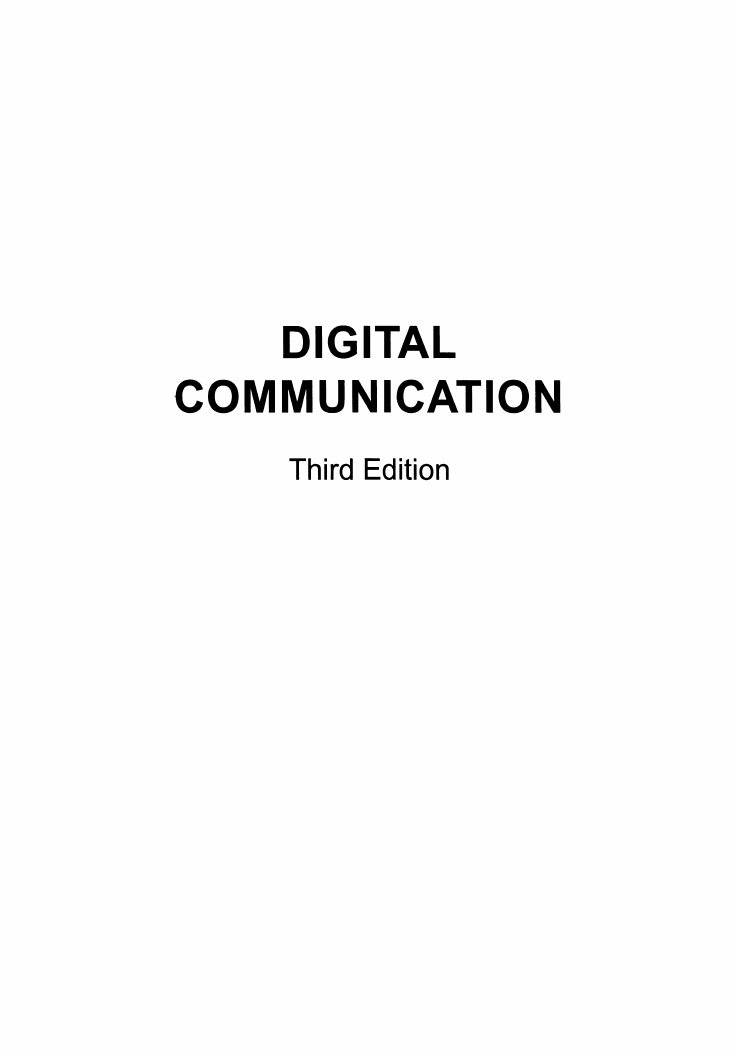
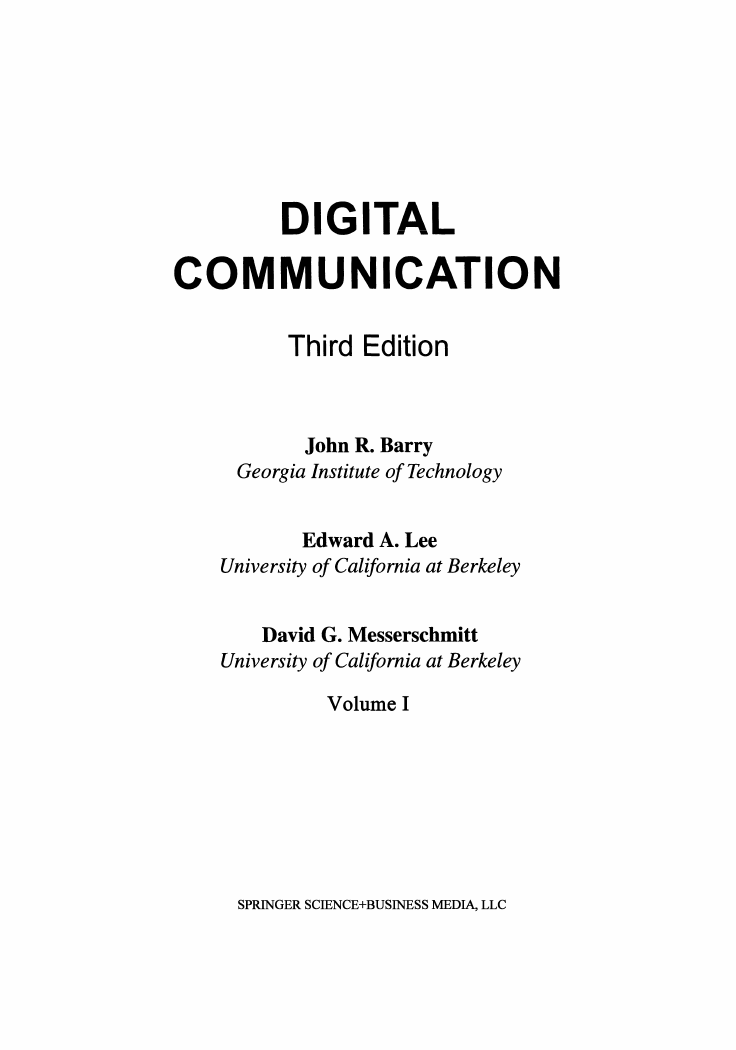
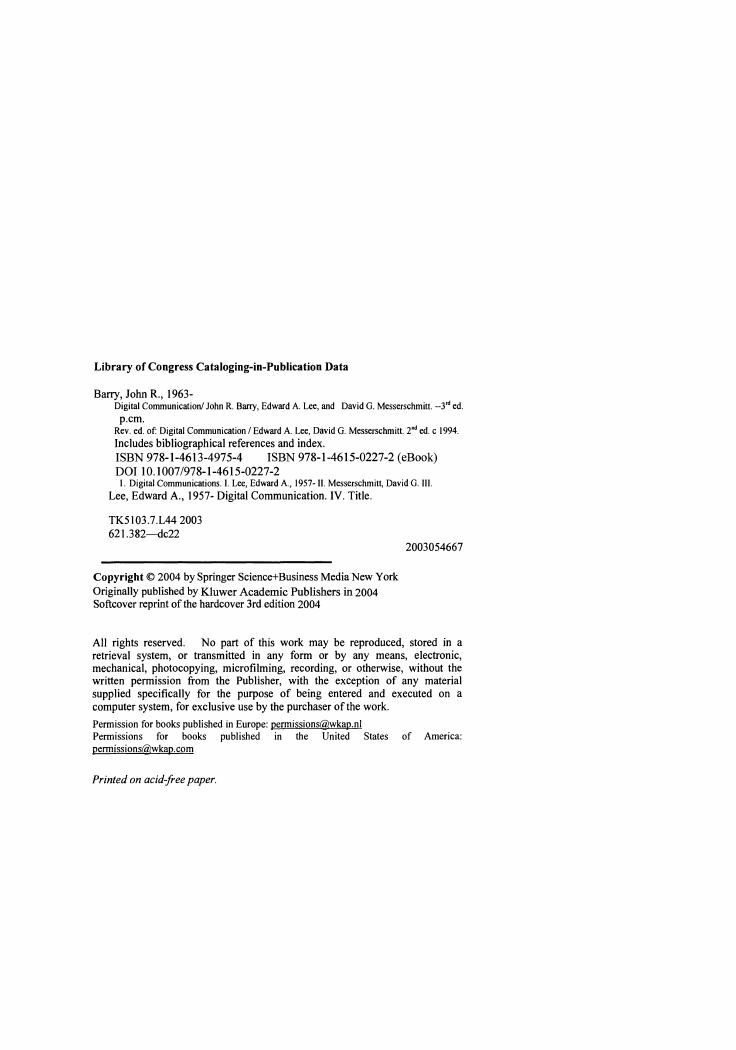
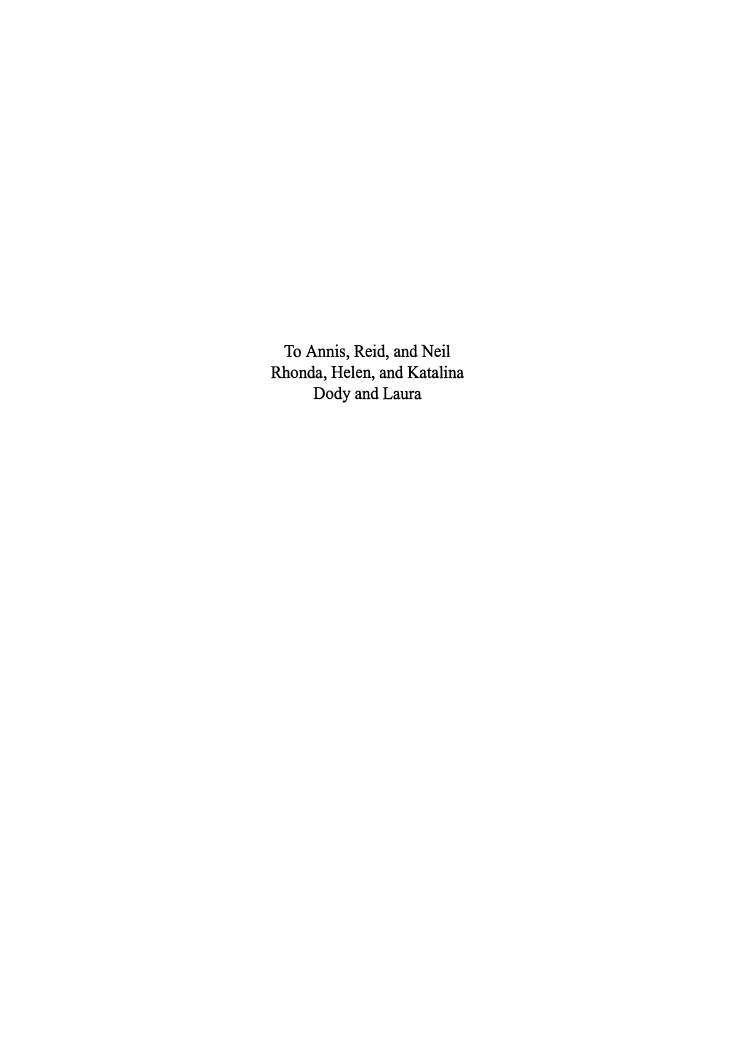
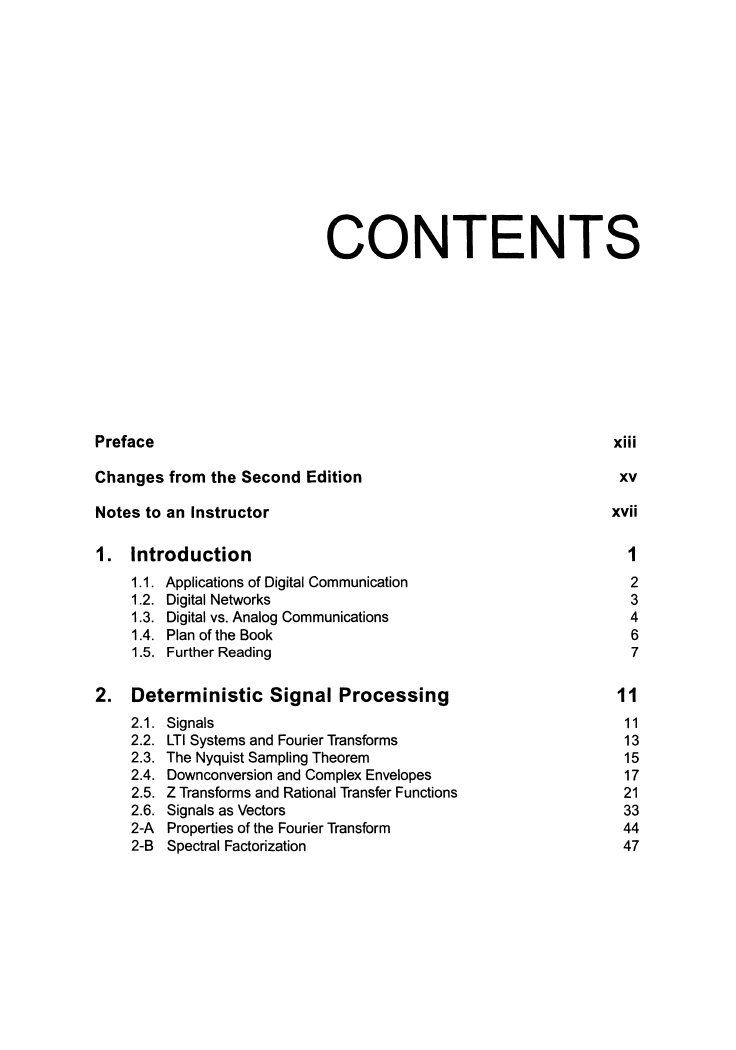
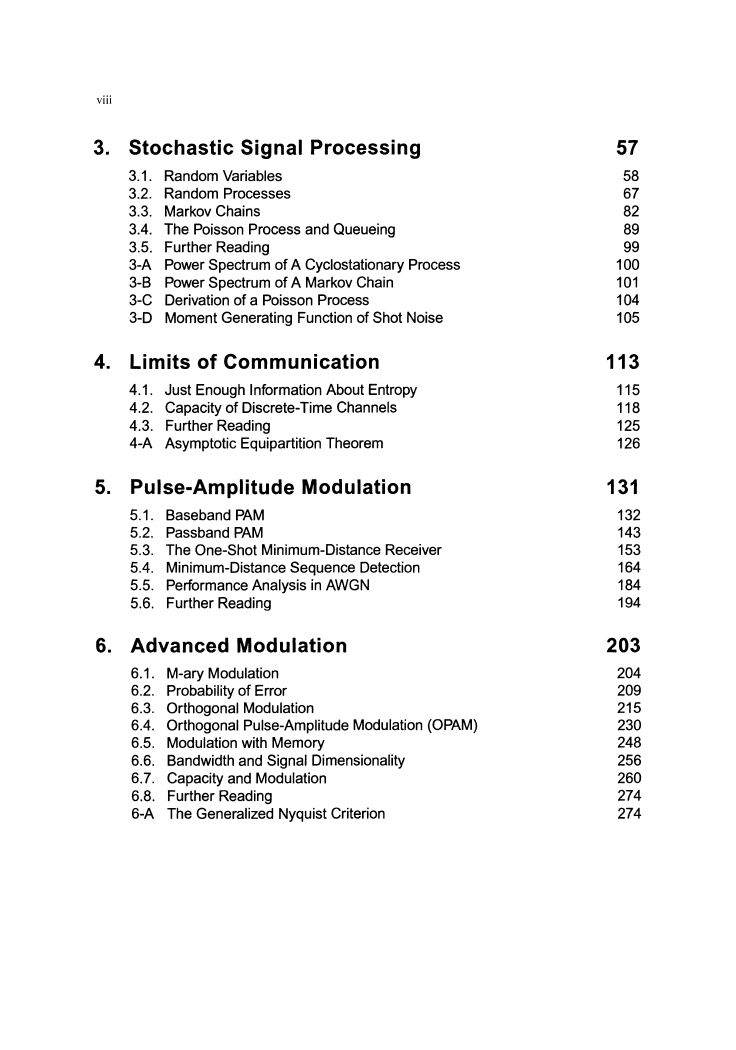
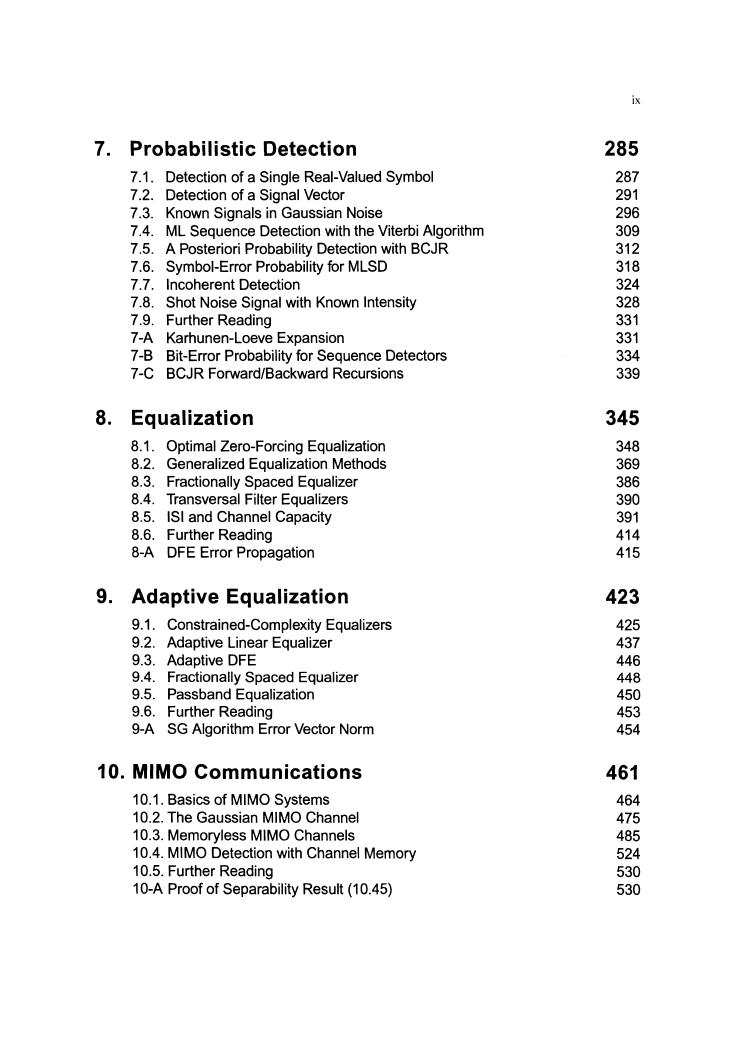
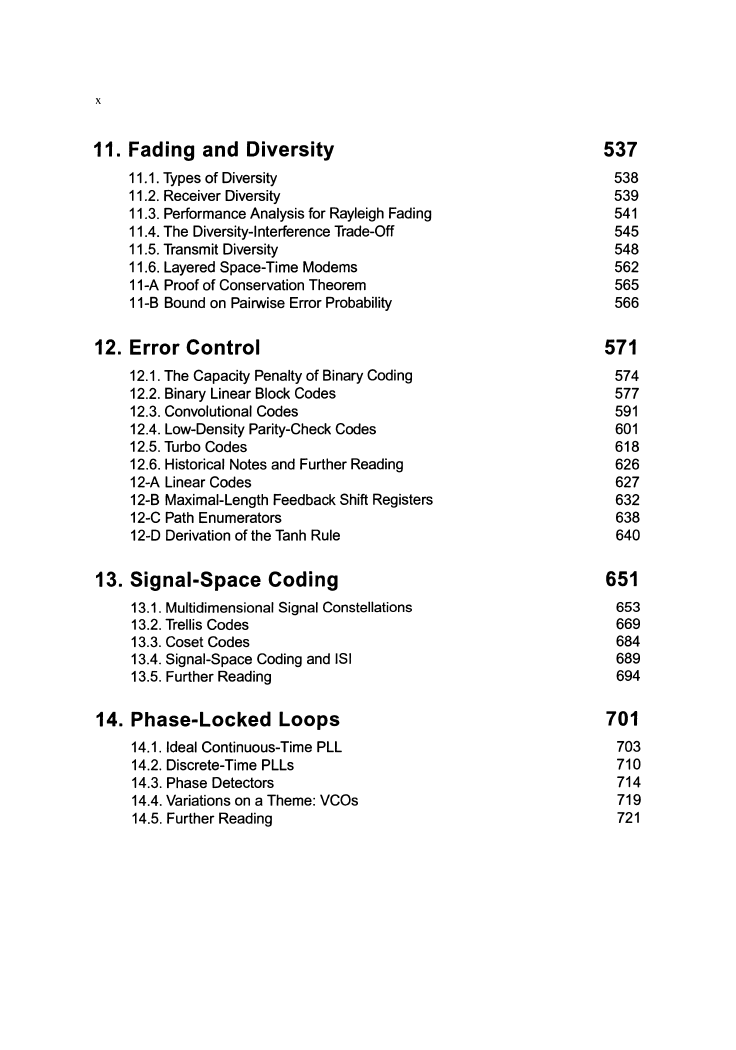








 2023年江西萍乡中考道德与法治真题及答案.doc
2023年江西萍乡中考道德与法治真题及答案.doc 2012年重庆南川中考生物真题及答案.doc
2012年重庆南川中考生物真题及答案.doc 2013年江西师范大学地理学综合及文艺理论基础考研真题.doc
2013年江西师范大学地理学综合及文艺理论基础考研真题.doc 2020年四川甘孜小升初语文真题及答案I卷.doc
2020年四川甘孜小升初语文真题及答案I卷.doc 2020年注册岩土工程师专业基础考试真题及答案.doc
2020年注册岩土工程师专业基础考试真题及答案.doc 2023-2024学年福建省厦门市九年级上学期数学月考试题及答案.doc
2023-2024学年福建省厦门市九年级上学期数学月考试题及答案.doc 2021-2022学年辽宁省沈阳市大东区九年级上学期语文期末试题及答案.doc
2021-2022学年辽宁省沈阳市大东区九年级上学期语文期末试题及答案.doc 2022-2023学年北京东城区初三第一学期物理期末试卷及答案.doc
2022-2023学年北京东城区初三第一学期物理期末试卷及答案.doc 2018上半年江西教师资格初中地理学科知识与教学能力真题及答案.doc
2018上半年江西教师资格初中地理学科知识与教学能力真题及答案.doc 2012年河北国家公务员申论考试真题及答案-省级.doc
2012年河北国家公务员申论考试真题及答案-省级.doc 2020-2021学年江苏省扬州市江都区邵樊片九年级上学期数学第一次质量检测试题及答案.doc
2020-2021学年江苏省扬州市江都区邵樊片九年级上学期数学第一次质量检测试题及答案.doc 2022下半年黑龙江教师资格证中学综合素质真题及答案.doc
2022下半年黑龙江教师资格证中学综合素质真题及答案.doc